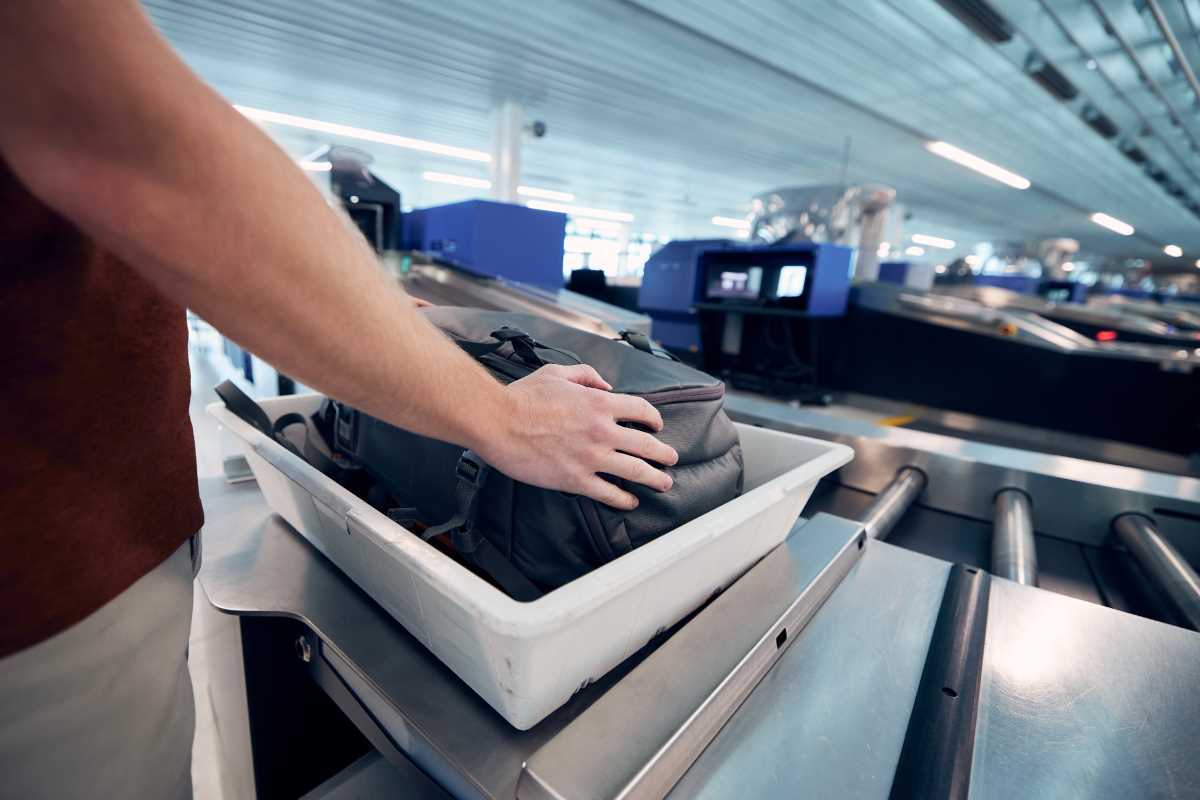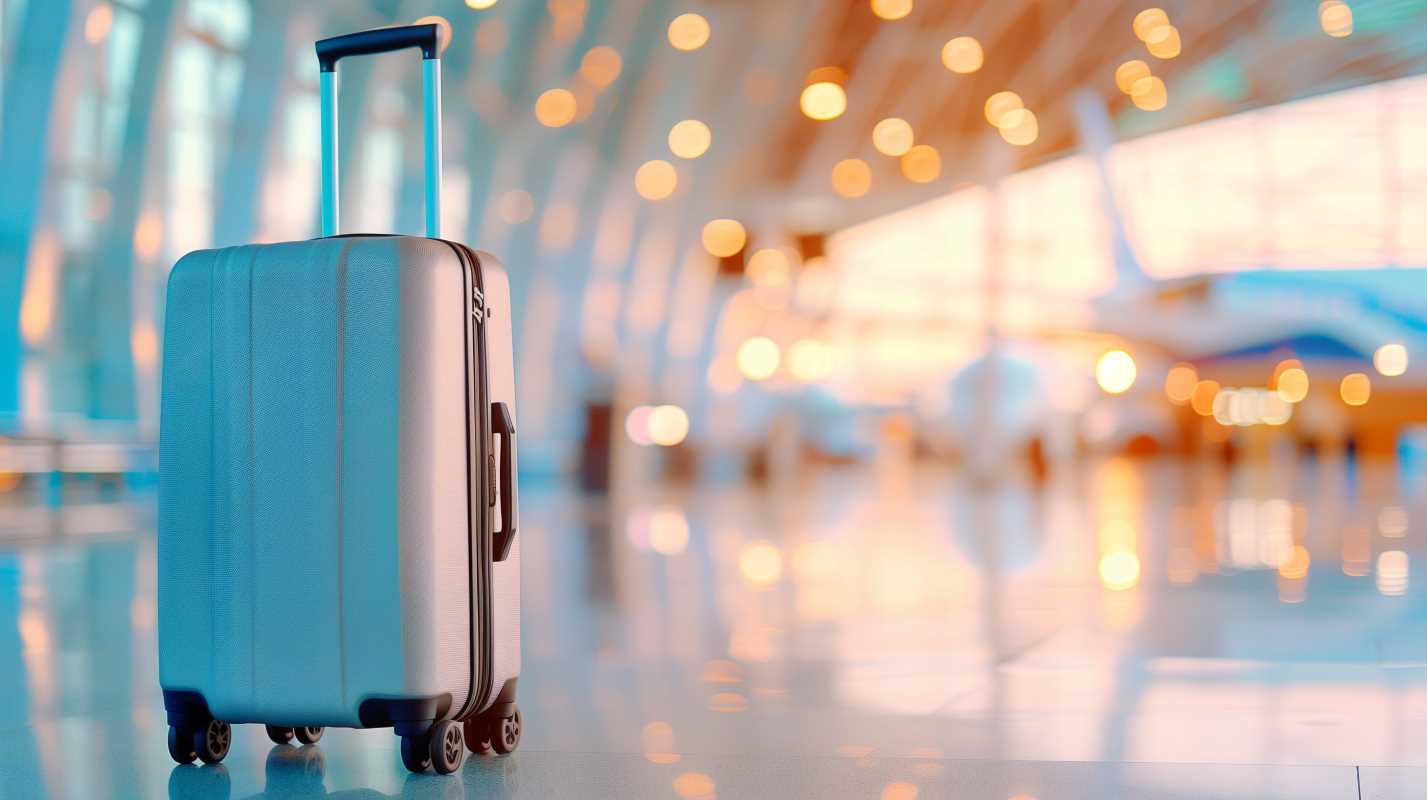Airports can be equal parts thrilling and stressful. While they may mark the start of an exciting adventure or an important business trip, navigating them can feel like an obstacle course full of lines, checkpoints, and the occasional last-minute gate change. Whether you’re a frequent flyer or heading to the airport for the first time, mastering the art of stress-free travel is a game-changer.
With the right preparation and mindset, you can breeze through security, find your gate, and tackle unexpected delays like a seasoned pro. Follow this ultimate guide to make your airport experience both efficient and frustration-free.
1. Plan Ahead to Set the Tone
Traveling starts long before you step into the airport. Comprehensive planning and preparation can prevent last-minute scrambling and unnecessary stress.
Key Steps for Pre-Flight Prep:
- Check Your Flight Status: Airlines may update flight information, so confirm your departure time and terminal a day before and again the morning of your flight.
- Download Airline Apps: Access boarding passes, flight updates, and gate information in one place. These apps often send notifications about delays or changes.
- Pack Strategically: Follow the airline’s baggage policies for carry-on and checked luggage. Being mindful of weight limits and size restrictions can save you time and extra fees.
Pro Tip: Print a backup copy of your flight itinerary and boarding pass in case your phone battery dies.
2. Master the Art of Packing
Smart packing isn’t just about fitting everything into your bag; it’s about staying organized and prepared for airport logistics.
Carry-On Must-Haves:
- Important Documents: Keep your passport, ID, boarding pass, and any travel visas in an easily accessible travel wallet.
- Electronics and Chargers: Store laptops, tablets, and chargers in places you can quickly pull them out during security checks.
- Snacks and Water Bottle: Bring light, non-liquid snacks like granola bars and an empty reusable water bottle to refill after security.
Optimize Your Packing Strategy:
- Follow the 3-1-1 Rule: Liquids, gels, and aerosols must be in containers of 3.4 ounces or less, and all containers must fit into one quart-sized zip-top bag. Keep this bag in an easy-to-reach spot for security.
- Pack a Change of Clothes: For checked-baggage travelers, a change of clothes in your carry-on can be a lifesaver in case of delays or lost luggage.
Pro Tip: Packing cubes can help you organize and compress items to maximize space inside your luggage.
3. Arrive Early and Strategically
Rushing through the airport is no one’s idea of a good time. Arriving early gives you a buffer to handle long lines or unexpected hiccups.
Timing Guidelines:
- Domestic Flights: Arrive at least two hours before departure.
- International Flights: Arrive three hours in advance.
Choose the Best Security Lines
- If the security area offers multiple lanes, quick observations can save time. Look for lanes with business travelers (who often move quickly) rather than families or travelers with lots of luggage.
Pro Tip: Many credit cards and travel rewards programs include TSA PreCheck or Global Entry memberships, letting you use expedited security lanes. If not, consider enrolling for faster airport navigation.
4. Navigate the Security Checkpoint Like a Pro
Security checks can be one of the most dreaded steps of the airport process, but knowing how to prepare for them can make a massive difference.
Before You Enter Security:
- Wear Slip-On Shoes: This saves significant time when you have to remove and re-wear your footwear.
- Empty Your Pockets: Place all metal items, wallets, and phones into your carry-on before you step up to the scanner.
- Prep Your Electronics: Laptops and larger electronics typically need to be placed into a separate bin. If you’re wearing a jacket, take it off and lay it flat as well.
Inside the Scanner Zone:
- Be ready to follow TSA instructions and keep your carry-on items organized.
- Collect your belongings quickly once cleared, and move to a nearby area to re-organize if needed, keeping the line flowing efficiently for others.
Pro Tip: TSA PreCheck is a game-changer, letting you keep your shoes, belt, and light jacket on, and your electronics and liquids in your bag.
5. Find Your Gate Efficiently
Once you’ve cleared security, make your way to your gate as soon as possible. This ensures that you know exactly where it is and minimizes last-minute rushing.
How to Stay Organized:
- Follow the Signs: Most airports clearly mark gates with arrows or digital screens. Look for signs indicating “B Gates” or “Terminal 2,” depending on your flight details.
- Double-Check Your Boarding Info: Gates occasionally change, so stay mindful of updates on the departure screens or your airline app.
Settle Close to Your Gate:
After finding your gate, use the extra time to grab snacks, go to the restroom, or check work emails, but stick close enough that you can hear boarding announcements.
Pro Tip: If you need help finding your way, airport staff or information desks are always there to assist.
6. Be Prepared for Delays
Not all travel hiccups are avoidable, and delays or cancellations are sometimes part of the process. However, preparing for these scenarios ensures you remain calm and in control.
Strategies to Cope with Delays:
- Check for Rebooking Options: Many airline apps allow rebooking directly, saving you from waiting in line at the desk.
- Access Lounge Services: If available, spend your wait time in airport lounges where you’ll find comfortable seating, free Wi-Fi, and complementary snacks. Some lounge programs are accessible via credit card perks.
- Stay Entertained: Load up your smartphone or tablet with downloaded movies, podcasts, or eBooks before your trip.
Pro Tip: Keep essentials like medications in your carry-on so you’re not stuck without them in case of lengthy delays.
7. Make the Most of Layovers
Layovers don’t need to be a drag. With some planning, they can become an enjoyable part of your travel experience.
How to Make the Most of Your Time:
- Work or Relax Productively: Many airports provide quiet zones, workspaces, or even nap pods.
- Explore Airport Amenities: Larger airports often have shops, restaurants, art exhibits, or even spas to pass the time.
- Stretch Your Legs: Long flights can leave you stiff, so use layovers as an opportunity to walk through the terminal and get your blood circulating.
Pro Tip: Use apps like LoungeBuddy to find available lounges, regardless of your airline or ticket class.
8. Extra Tips for First-Time Travelers
If it’s your first time at an airport, these additional tips can help ease nerves and create a smoother experience:
- Ask Questions: Airport staff are used to helping travelers and are happy to guide you toward the right terminal or baggage claim area.
- Observe and Learn: Watch other travelers to get a better sense of the flow at security lines, boarding areas, or gate changes.
- Take It Slow: Build extra time into every step of your airport trip so you don’t feel rushed or flustered.







